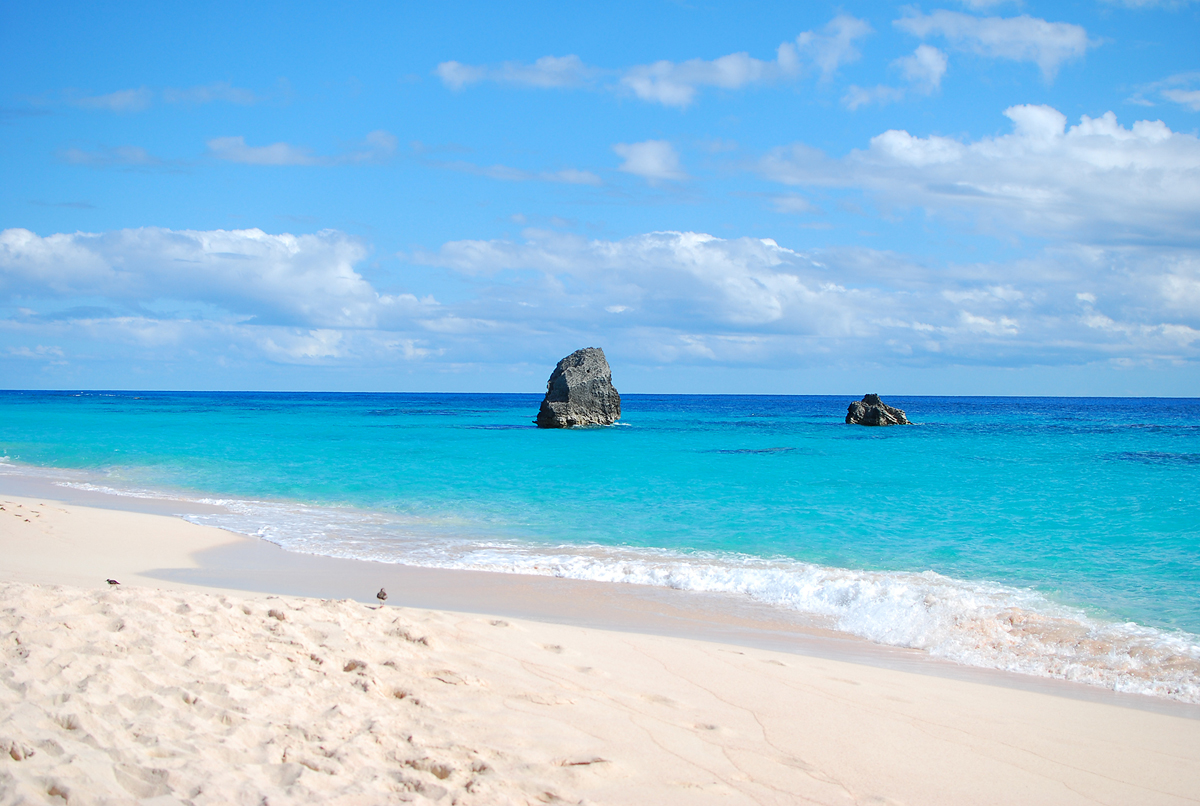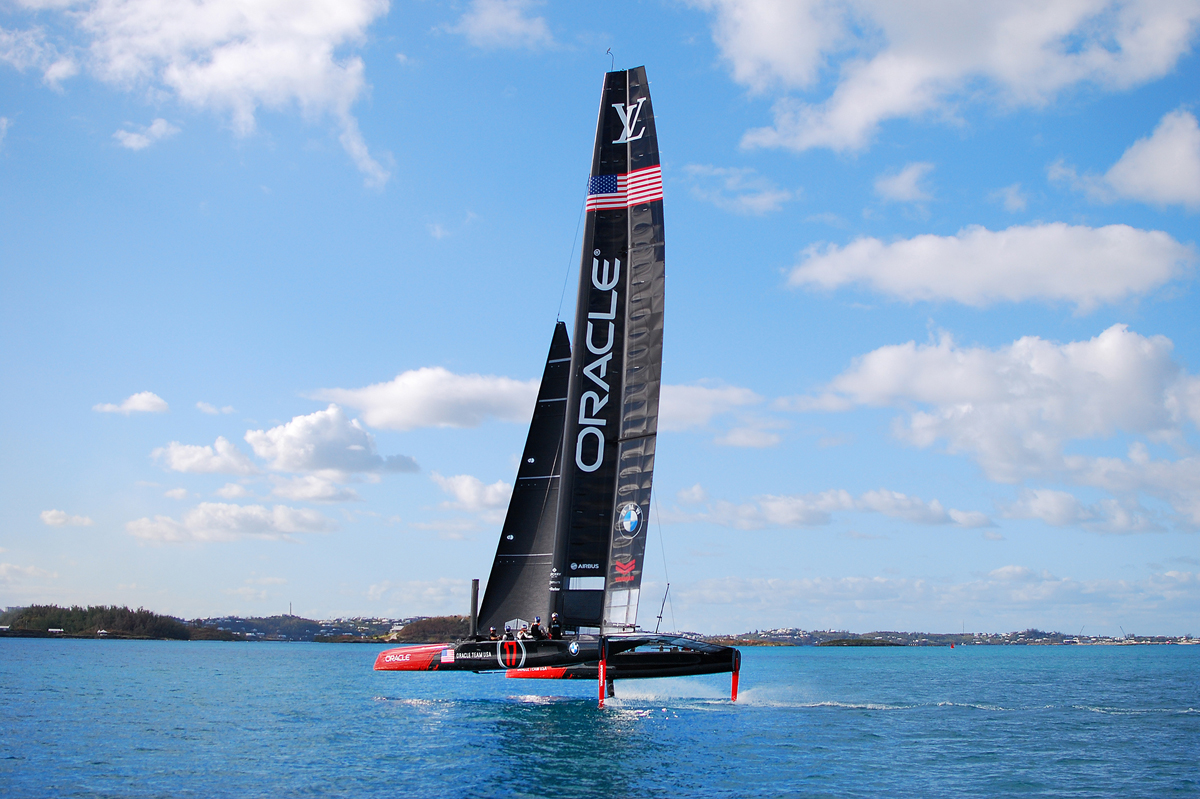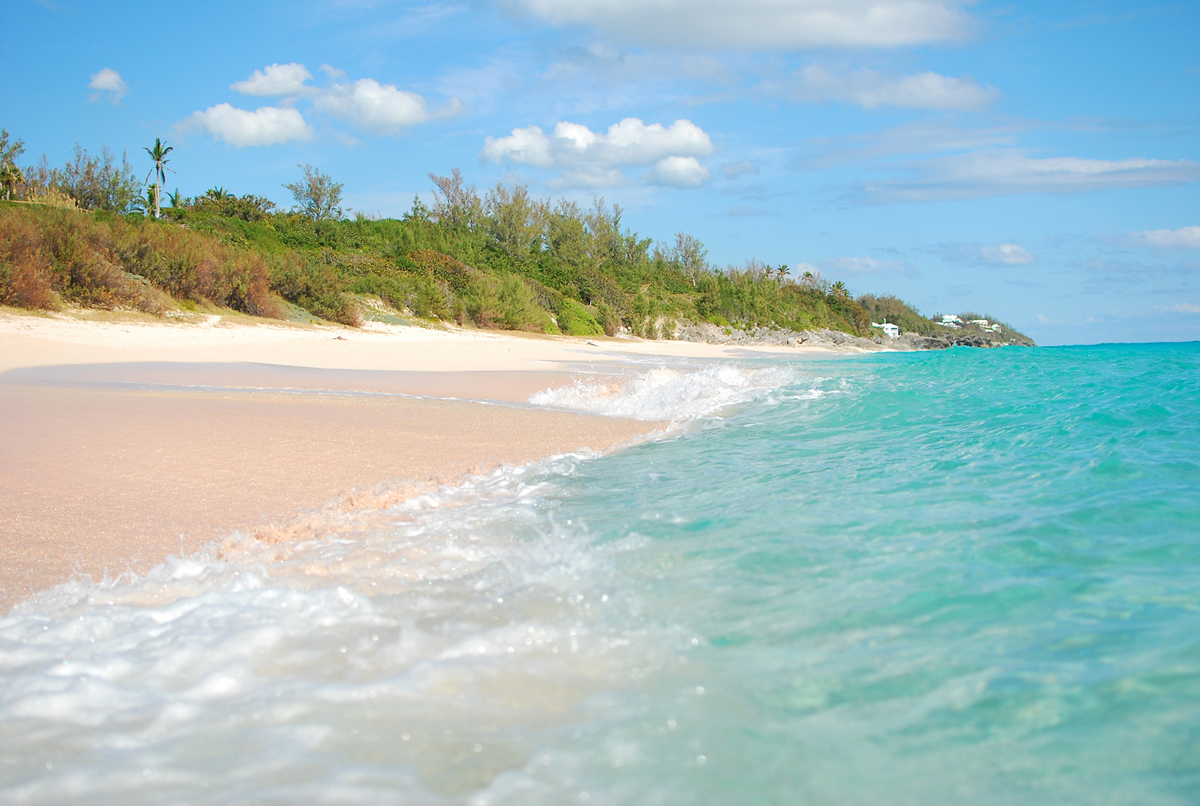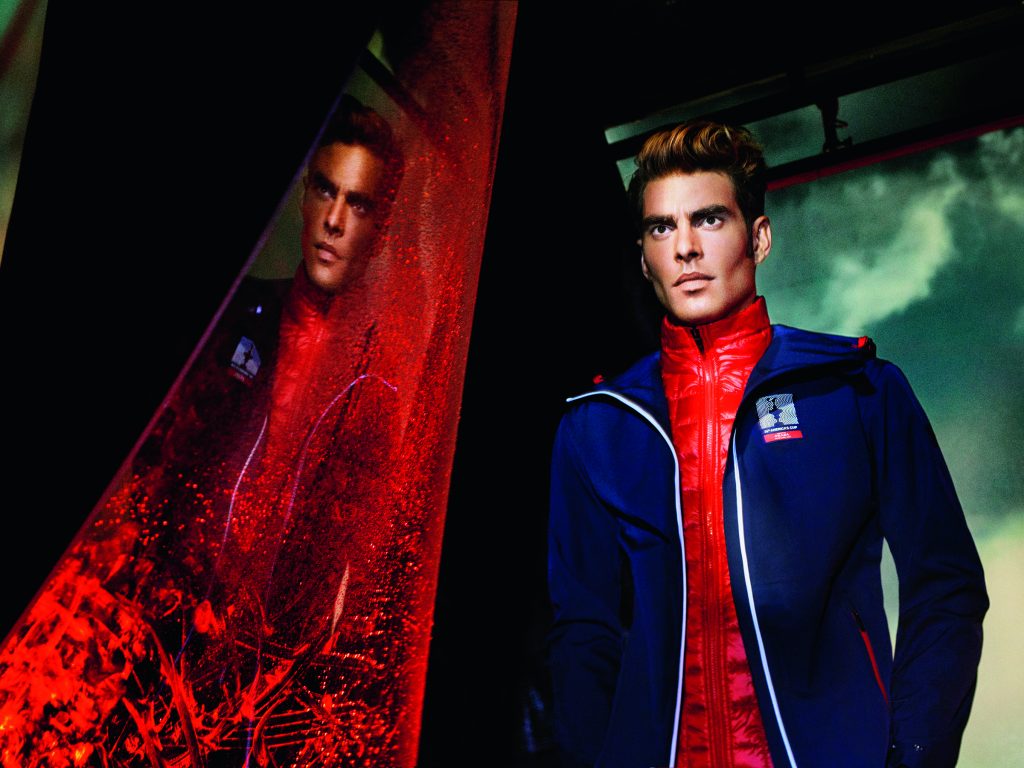Sailing in Bermuda with America’s Cup 2017
The perfect place for thrill-seekers of all sorts, including the new-and-improved, high-endurance event

Just a two-hour flight from the shores of New York sits Bermuda, a colorful little island known mostly for its pink sand beaches and its role as a secluded playground for rockstars, investment bankers and honeymooners. But lately, the 21-mile-long patch of land has started attracting a new type of traveler: the adrenaline junkie. Thanks to a concerted effort by the Bermuda Tourism Authority, the island is becoming a well-known spot for snorkeling, cliff-jumping, wake-boarding and cycling.

Yet this year, there’s an even bigger reason Bermuda is luring in an international crowd of thrill-seekers, and it’s to do with America’s Cup. We’re not talking about the docile sport beloved by salty old seafarers and genteel enthusiasts. This is a new style of sailing, one involving incredibly tech-forward, carbon-composite catamarans helmed by uber-athletic young men. The oldest trophy in sport is now being hailed as Formula 1 on water, and Bermuda’s sparkling Great Sound is its ideal racetrack.

America’s Cup—named for a victorious yacht, not the country—has seen changes over 165 years of competition, but has always been governed by a set of rules known as the Deed of Gift, which placed parameters around boat design and wing size. That is, until 1988, when New Zealand found a loophole in the rules and pushed the limits with a 90-foot monohull and Team USA (then represented by the San Diego Yacht Club) responded with a small, hard-winged catamaran. The latter took home the win.
The boats have been evolving ever since, and this year all teams first compete with identical, 45-foot AC45 hydrofoil catamarans in preliminary heats, and then 50-foot America’s Cup Class (ACC) that are built to a shared design rule, but are allowed to be uniquely engineered. It’s a high-stakes tournament with boats costing upward of $100 million, so as one can imagine in modern racing, advanced engineering and technology are as crucial as a top-tiered sailing team.

Oracle’s ACC 2017 boat is built in collaboration with Airbus (who work on the wings and daggerboards), BMW (who build the 16-button steering wheels which move the rudders) and Parker, who have designed the boat’s overall control systems using aerospace technology.
On a recent visit to Bermuda, we had a chance to see Team USA out on the water in practice mode, preparing to defend the title for the third consecutive race. Training starts with a 45-minute process of taking the base platform out from the hanger it’s stored in and attaching the wing with a crane. The wing is actually a rigid sail affixed to the platform by a rotating sphere, which gives the the trimmer the flexibility to move it around like a normal sail.
Once on water, the yacht is followed by a performance boat, which runs on fiber optics and is in a constant state of data collection for real-time refinement. An hour after a trial run, the design and sailing teams sit down together to analyze the data from the shadow boat and the yacht, which is also covered in fiber optics, as well as the type of day—was it better or worse because of changes made to the boat, or the way the sailors were working together, or was it the wind? They also practice in alliance with Team Japan; by sharing their daily information, the two teams can double up on points of comparison for greater understanding and efficiency.

As previous America’s Cup winner, tactician/trimmer/grinder Rome Kirby, explains, “This is probably the first campaign where the sailors, we all have our areas of the boat we look after, but for the most part we hand it off [to the analysts]. It’s so technical, there are so many little details and computer systems and software, now we kind of just step back. We wear heart rate monitors out there and in the gym, which goes to the designers as well.”
Despite all the technology, at the end of the day, the boats are powered manually and the sailors are herculean in their ability to grind, tack and constantly maneuver in order to seamlessly pump enough hydraulic fluid to power the boat. “Not only do you have to be super strong, but you have to maintain a certain aerobic threshold,” says Rome. The team often begins their 12-hour training days with long swims in the waters of Horseshoe Bay.

What’s beautiful about Bermuda is that it’s not only the perfect place for a crew of extreme sailors, but for adventurists of all sorts.
America’s Cup qualifying rounds begin 26 May with the official match from the 17-27 June, 2017.
Images by Karen Day











